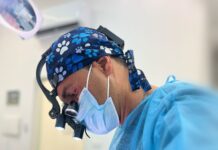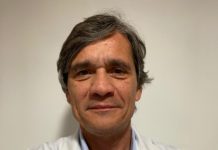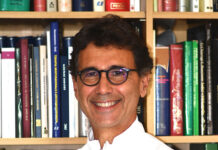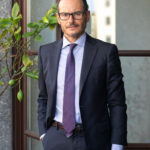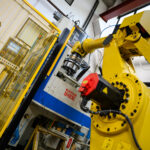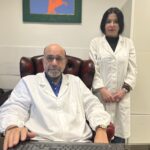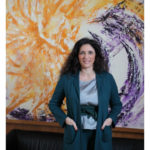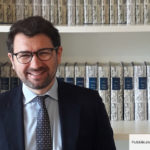More and more sophisticated technologies allow the dentist to intervene with greater security and in a short time, increasing the percentage of successful performance.
As with every other aspect of our lives, technological innovation is rapidly changing the face of many professions, and medical technology is certainly no exception. In fact, computerized procedures, new materials and increasingly accurate diagnostic tools are opening the way to a series of previously unthinkable solutions, thanks to which patients can achieve truly extraordinary results. This speech, which applies to virtually all branches of medicine, and even becomes decisive in dentistry, for which technological innovation has really determined a revolution in the possibilities for intervention. In fact, very sophisticated techniques and technologies allow the dentist not only to intervene more safely, but also to reduce time and increase the success rate of the work done. “The intent is to offer dental services at a higher level than in the past and at low cost, not a secondary aspect in consideration of the economic difficulties that citizens / patients have been living for a long time” explains Dr. Claudio Cortesini, long-time dentist of the “Commissione Albo Odontoiatri Capitolina” and today one of the most ardent supporters of three-dimensional imaging.
Dr. Cortesini, what are the very latest frontiers of modern dentistry?
“The possibility of carrying out less invasive, safer and in much shorter time than in the past. The true watershed between traditional methods and new procedures is the so-called three-dimensional digital radiology, which offers the possibility of making a correct diagnosis at 360 degrees, with all the advantages that this entails. The acquisition of images through a 3SHAPE digital system, allows in fact to take perfect images and consequently create a prosthesis directly in the studio in a short time, or transfer the acquired images to a dental laboratory in case a more complex prosthesis is needed. All this happens thanks to computer technology. Devices that are certainly not born today, the first date back to 25 years ago, but now have reached a level of operation that ensures maximum reliability and accuracy. In fact, some companies have specialized, patenting a very elaborate digital system that allows to realize individual ceramic restorations in a single session. Furthermore, this technology makes it possible to use “metal free” materials for the realization of fixed prostheses, first of all the zirconium oxide. In this way we obtain an aesthetic advantage and the absence of free metal ions. The use of digital technology arises from the need in the dental office to acquire three-dimensional images and to translate these images into quality products, with advantages for both cultural and economic ones. To give an example with this technology we can photograph a tooth to be reconstructed, and once the three-dimensional image has been obtained, realize the missing part in about 30 minutes “.
But in this way the dentist does not replace the dental technician?
“It is true that with the CAD CAM the dentist performs some of the tasks entrusted to the dental technician, but ultimately I do not think we can think of a damage for the category. There was also a disputed resolution with an opinion from the Ministry that allowed dentists to use this technology. Moreover, one must never forget that there are many, but not infinite, things that can be done with digital. It is worthwhile, therefore, to dispel the myth for which the contribution of technology would have marked the sunset of professionalism such as those of the dental technician. And even less must we believe that this highly specialized figure can be replaced in the near future by automated systems, robots capable of operating completely autonomously, using only experts in computerized systems. Reasoning in these terms would mean in fact diminish the professionalism of dental technicians, whose experience remains essential for modeling ceramics for prostheses that exhibit a high complexity. The only real and certain assessment is that thanks to technological advances, there can be enormous benefits for patients. The percentage of therapeutic successes with 3D is superior compared to a two-dimensional dental x-ray because, with the three-dimensional, the professional can observe the tooth at 360 degrees, can detect anomalies between the teeth and save time making the job faster. Ultimately with this system, time and costs are reduced, despite having excellent quality “.
More info (www. www.studiocortesini.com) (segreteria@studiocortesini.it)








